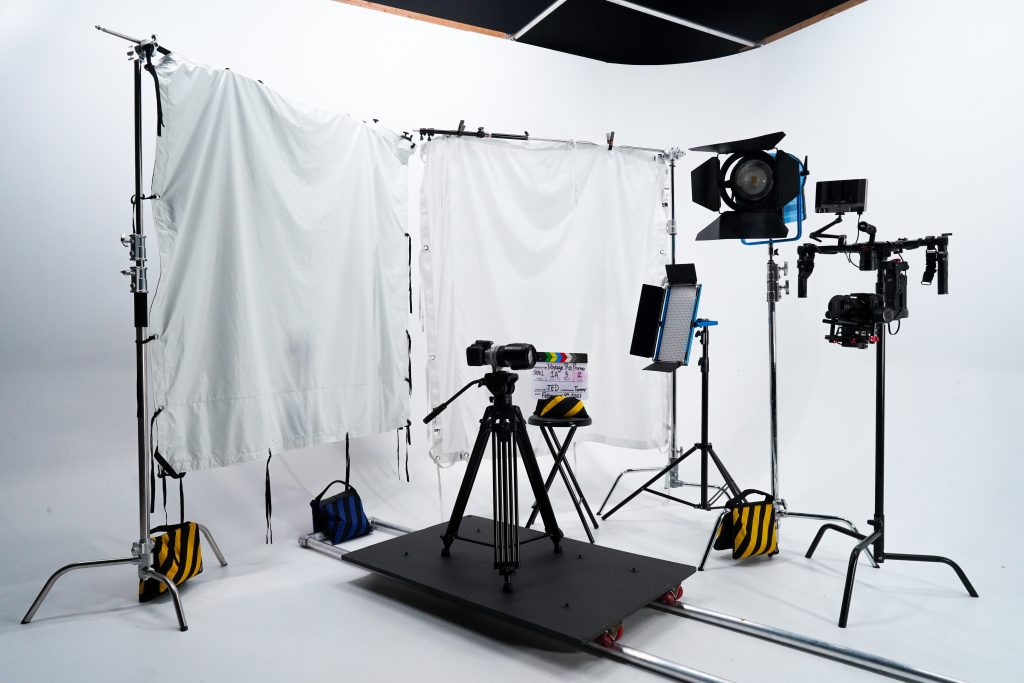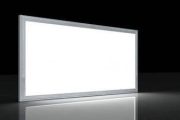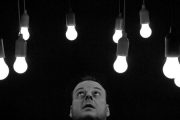Causes of Heat Generation and Heat Dissipation Methods of LED Lights
1. Introduction
In recent years, LED technology has been hailed as the next generation lighting technology, and with the increase of LED power supply, the cooling problem has attracted more and more attention.
Researchers have long observed that the light drop or lifetime of an LED is directly related to its junction temperature, so if the heat is not smooth, the temperature is high and the lifetime is short. Unlike the incandescent and fluorescent lights of the past, the energy loss is large, but most of the energy is emitted directly through infrared light, and the heat source of the light source is very low.
LEDs convert all energy (except energy consumed by visible light) into heat. Electronic products have gradually become the exception of high-density, high-density, Led products, and solving the problem of Led heat dissipation has become the main problem of today’s Led performance improvement and Led industry development.
However, compared with the tungsten lights and incandescent lights that people have used, LED lights are actually a kind of cold light source. So since LED is a kind of cold light source, why does it generate so much heat?
First, let’s understand what a cold light source is.
The so-called cold light source is a luminous light source with almost no infrared spectrum, which is different from a thermal light source with an infrared spectrum. LED is a cold light source, and the light it emits is almost all visible light. Visible light has a wavelength of 380 to 780 nanometers and traditional incandescent lights are thermal light sources.
Then why does the LED heat up? That is because the electric energy of the LED light source is only converted into light energy about 30%, and the other energy is converted into heat energy, which must be transmitted by heat conduction. Therefore, LED lights will heat up.
Traditional incandescent lights convert only 2-3% of the electrical energy into light energy (the visible light part), and a lot of the rest is radiated in the form of infrared rays. The characteristic of the cold light source is that it converts almost all other energy into visible light, and the light of other wavelengths is very small, while the thermal light source is different. In addition to the visible light, there is a large amount of infrared light, and a considerable part of the energy is converted into light that does not contribute to lighting. Infrared light.
So the so-called cold light source is actually not cold. So why is LED cold light source more energy-efficient than incandescent lights? In fact, it means that its electrical energy is converted into light energy with higher efficiency. Therefore, light manufacturers should pay great attention to heat dissipation when making LED lights, because if the heat cannot be dissipated, it will affect the luminous efficiency of the chip. Therefore, the general LED lights will have a radiator.
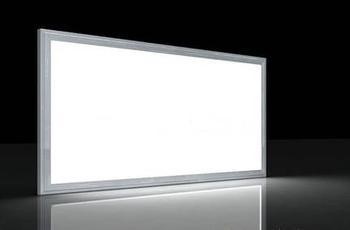
2. Causes of heat generation
The main reason why the LED heats up is that the added electricity is not converted into light energy, and part of it is converted into heat energy. The indicator light is only 100lm/W, and the electro-optical conversion efficiency is about 20% to 30%. That is, about 70% of the electricity is converted into heat.
The occurrence of LED connector temperature is mainly caused by two factors:
2.1. The internal efficiency is not high enough
When electrons combine with holes, photons cannot be 100% generated, usually due to “current leakage” which reduces the carrier recombination rate in the PN region. The leakage current multiplied by the voltage is the power in this part. That is, it converts to heat, but this part does not take up the main components, since the efficiency of the internal photons is already close to 90%.
2.2. External quantum efficiency is too low
None of the photons generated inside can shoot outside the chip, and part of the main reason why this is called external quantum efficiency is only about 30%, and most of it is converted to heat.
As mentioned above, the light efficiency of incandescent lights is very low, but only about 15lm/W, but almost all the electricity is converted into light energy and emitted. The radiation is mostly infrared, so the efficiency of the light is very low, but the heat dissipation problem is eliminated.
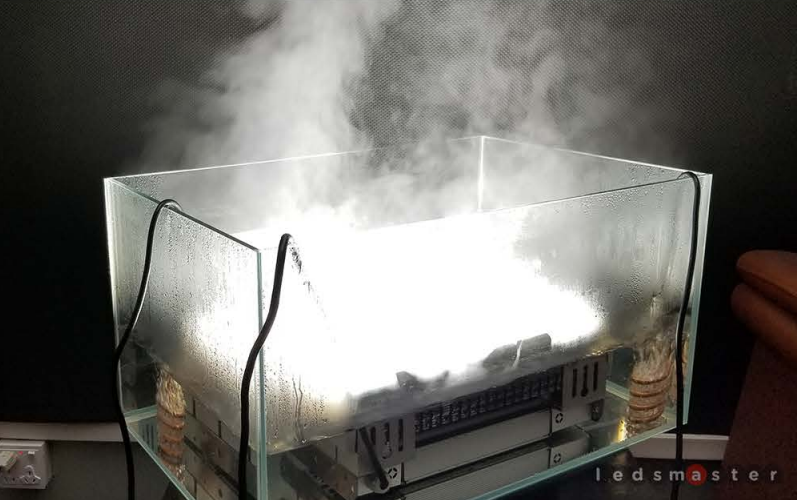
3. Heat dissipation methods
The heat dissipation of the LED mainly starts from two aspects: the heat dissipation of the LED chip before and after the package and the heat dissipation of the LED light.
LED chip heat dissipation is mainly related to the substrate and circuit selection process, because any LED can make a light, so the heat generated by the LED chip is finally dispersed into the air through the light housing. If the heat is not well dissipated, the heat capacity of the LED chip will be very small, so if some heat is accumulated, the connection temperature of the chip will increase rapidly, and if it works at high temperature for a long time, the lifespan will be shortened rapidly. But that heat has to go through multiple paths before the chip can actually get to the outside air. In particular, the LED chips generate heat from the metal thermal block, which generates heat from the solder to the PCB on the aluminum substrate, through the thermally conductive adhesive to the aluminum heat sink. Therefore, LED lighting includes both thermal diffusion and thermal diffusion.
The cooling method of the LED housing depends on the size of the power supply and the location of use. There are mainly the following cooling methods:
3.1. Aluminum Hot Pins
The most common thermal method, using aluminum hot pins as part of the enclosure to increase the cooling area.
3.2. Thermally conductive plastic shell
The plastic shell is filled with thermally conductive material during injection molding to improve the thermal conductivity and heat dissipation capacity of the plastic shell.
Aerofluidics: Making convective air out of a barnacle shape is the cheapest way to dissipate heat.
3.3. Fans
Inside the light housing is a high-efficiency fan with a long service life, which can enhance cooling, low cost and good effect. But changing the fan is cumbersome and not suitable for outdoor use. This design is relatively rare.
3.4. Heat exchanger
Use heat exchanger technology to induce heat from the LED die to the chassis thermal pins. Large-scale lighting such as street lights is a typical design.
3.5. Surface radiation heat dissipation treatment
The surface of the light housing is treated with radiation heat dissipation, and a radiation heat dissipation coating is applied, which can emit heat from the surface of the light housing. ZS-411 radiant heat cooling coating has high thermal conductivity and large thermal surface area, and has high emissivity in a considerable wavelength range (1-20m), which can significantly improve the thermal conductivity including conduction, convection and radiation. comprehensive performance within. The coating adopts a high-performance thermal solution with special properties of visible and near-infrared reflectance, thermal infrared emissivity and high stability, with good physical properties, chemical properties, and agglomeration due to inorganic colloidal particles below 100 nanometers And produce good workability composite of bonding force.
Adding carbon nanotubes and other materials with high thermal conductivity and radioactivity into the coating solution can form nanomaterials with macroscopic, microscopic and rough morphology on the surface of the coating, thereby greatly increasing the contact area between the heat sink and the outside, and greatly improving the heat dissipation effect. By adding a variety of spinels transferred by electrons as composite infrared radiators, the impurity energy level is increased, and the infrared radiation coefficient is improved, thereby maintaining thermal stability and heat resistance.
The overall luminous efficiency of the LED is low, so the joint temperature is high and the life is shortened. In order to prolong the life and reduce the temperature of the joint, it is necessary to pay attention to the problem of heat dissipation.
